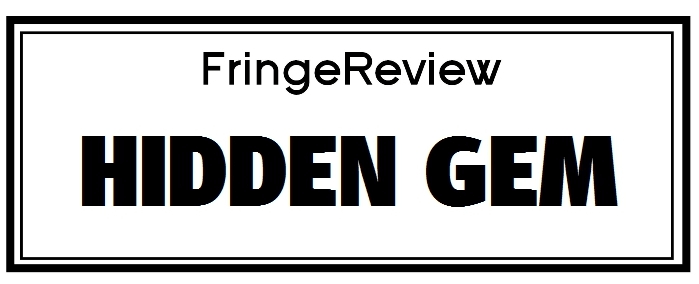Brighton Year-Round 2019
Zoffany Ensemble Dvorak Piano Quintet No. 2 in A Op 81
Zoffany Ensemble: Manon Derome, Carin McCabe, Catherine Musker, Anthony Pleeth and Michael Dussek.

Genre: Live Music, Music
Venue: Chapel Royal, North Road, Brighton
Festival: Brighton Year-Round
Low Down
The Zoffany Ensemble play just one work: Dvorak’s Piano Quartet No. 2 in A Op 81, from 1888.
Review
The Zoffany Ensemble contains some distinguished, indeed starry names. Violinists, Manon Derome and Carin McCabe, violist, Catherine Musker, cellist Anthony Pleeth and pianist Michael Dussek. You’ll have come across them as concerto soloists on record labels and elsewhere, on soundtracks, and as members of great period ensembles. Musker and Pleeth in particular are involved in period performance.
So you’d normally find them in say the Wigmore Hall or King’s Place. It says a lot the Chapel Royal’s fine enough to attract them, and Anthony Pleeth’s been here as a soloist in his own right.
They play just one work: Dvorak’s Piano Quintet No. 2 in A Op 81, from 1888. It’s an expansive mature work, though with little meandering in it as you hear from the opening Allegro ma non tanto, a ferocious unison theme driven by a brisk Czech-flavoured launch straight through in a sonata-form movement. There’s a second subject which hardly re-appears and recapitulating Dvorak breaks off from this then leaves the music to wind down.
The Zoffanys drive this with both sensitivity in rare moments of repose and a terrific sonority and aplomb. It’s a delight.
The Dumka: Andante con moto slow movement, one of Dvorak’s most reflective and loveliest, with its plaintive nostalgic opening subject is s beguiling the trio section – forwards to the furiante element lurking all through this work – shock us and energizes out way of listening thereafter. And make us realize the material’s derived from back in the first movement. But it adds five themes, the fourth of which is edgy, and disturbs tranquility.
The difficult scherzo – it pushed even this ensemble in the opening – is fascinating. Marked (Furiant): molto vivace it’s a bit like the 8th Symphony’s scherzo from the same period. Essentially we’re in valse triste territory, a melancholy waltz speeded up, with a subordinate thee in a unusual oriental style, rather rare for Dvorak. It moves from dominant to minor chords, so crunchy and drone-like at the same time.
The finale Allegro is one of the most rhythmical of Dvorak’s finales. Certainly accented like a Czech furiante, which you get in scherzos like the 6th Symphony it’s powerful for starting in the ‘wrong’ key of E flat minor, working its way to the work’s key of E flat major only in the recapitulation. So E flat minor, the kind of key you find a late Shostakovich quartet in, thews the rhythms with a force and darkness not always associated with Dvorak. It’s thrilling, cumulative and slightly overwhelming.
Derome’s lead violin is a vivid presence throughout. Musker and Pleeth show strong clean lines bespeaking their immersion in period performance. Dussek’s soloist powers – enormously present in his recordings – are here reined with sensitivity and snap with as you’d expect huge reserves in check.
The Zoffanys are sovereign performers, and this stands with the best chamber concerts I’ve heard at this venue. I’d have said the same hearing them at the Wigmore.


















































